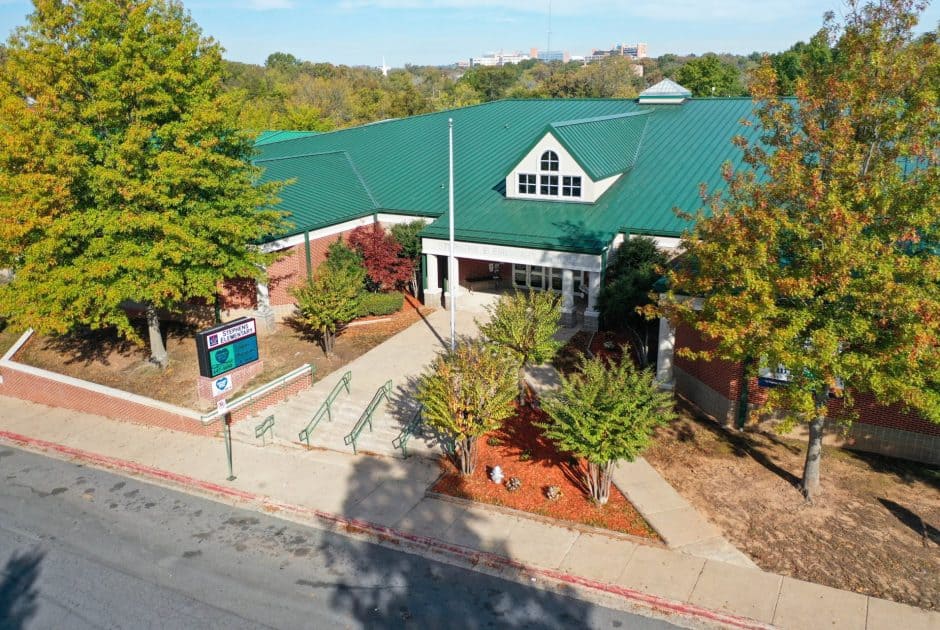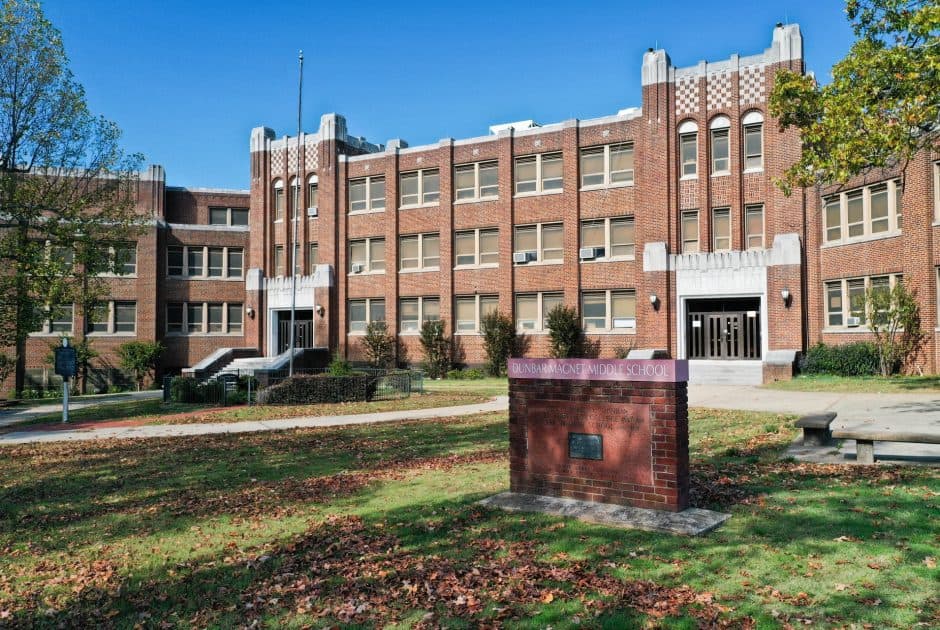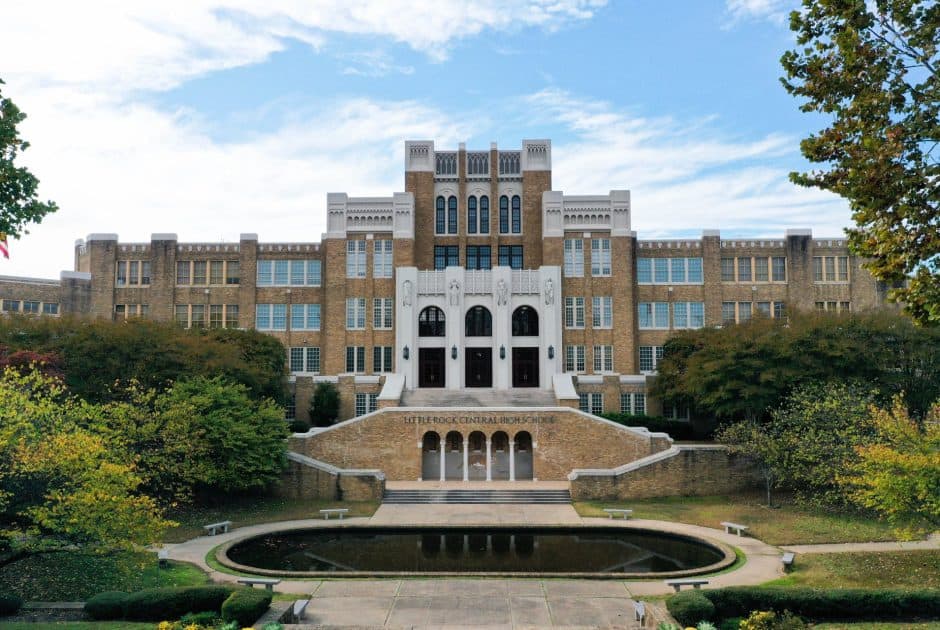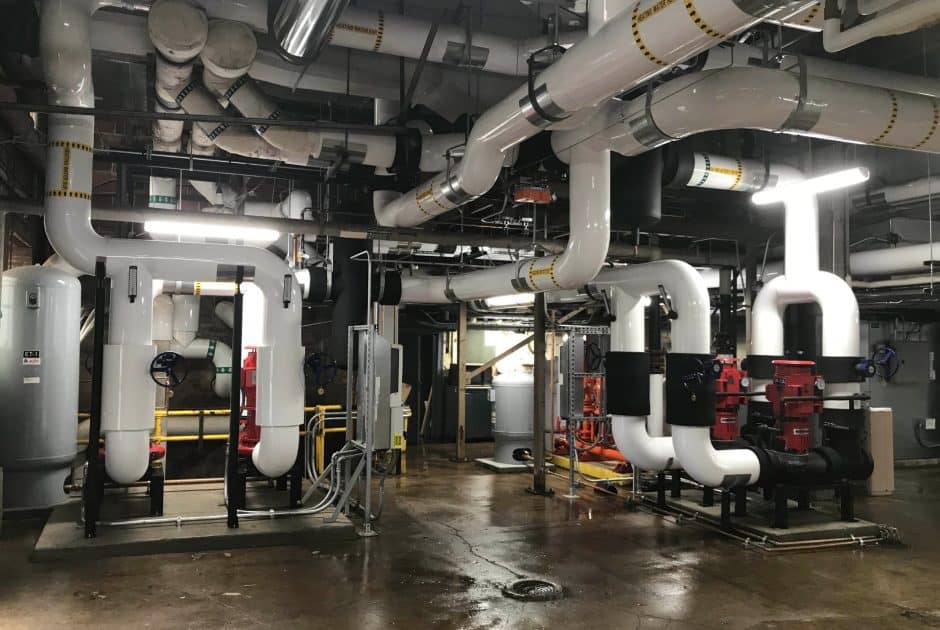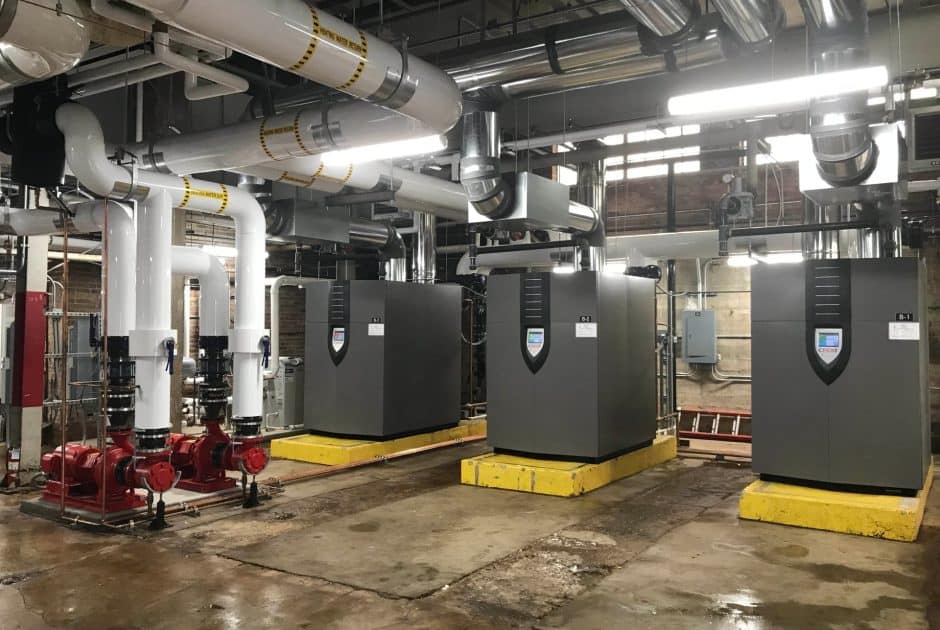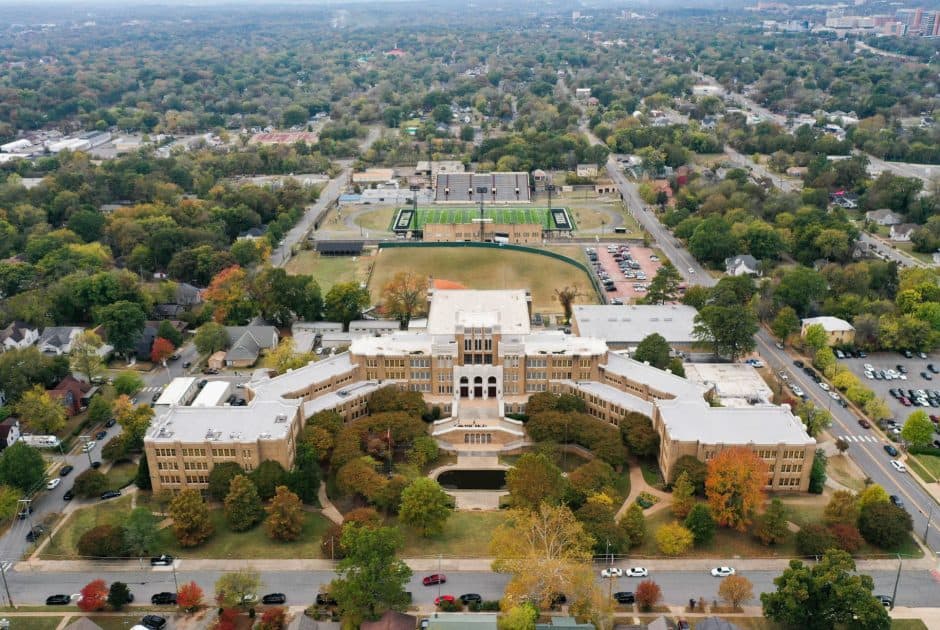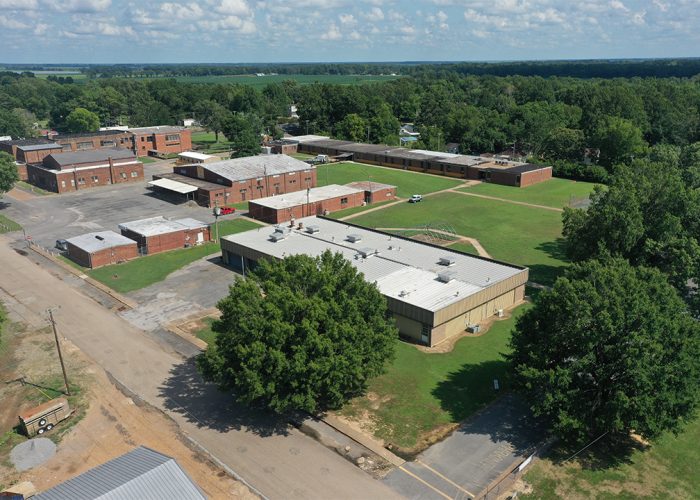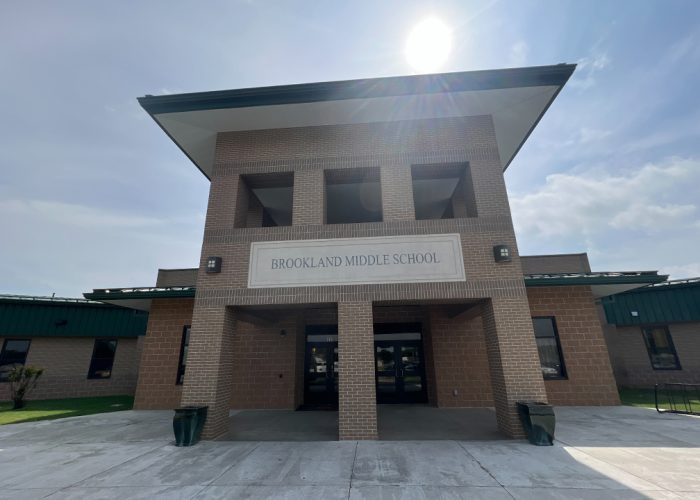Project Description
The Little Rock School District is an urban district with 40 schools and approximately 24,800 students. Little Rock Central High School is also a well-known historical landmark, built in 1927. The District was looking for ways to reduce energy and operating costs and improve the learning environment. Working with the Arkansas Energy Office, Performance Services, a pre-qualified provider with the State of Arkansas, was selected following a competitive process. Improvement projects for the District were carefully evaluated and planned through a collaborative effort to identify the most pressing facility needs and implement them in multiple project phases.
Phase I: Energy Leadership Program
The Energy Leadership Program is an all-District behavior-based energy conservation program and professional services agreement, including selecting and hiring an on-site energy manager. The energy manager is focused on the operation of the building systems, scheduling, and planning for the efficient utilization of facilities and will fundamentally change how the District operates to reduce energy consumption without compromising the learning environment. The program is guaranteed to reduce utility consumption by 10-15% and by at least $6.5 million over a ten-year period.
Phase II: Energy Savings Performance Contract
The phase II project focused on six schools, including Central High School, Parkview High School, Stephens, Rockefeller, Washington Elementary Schools, and Dunbar Middle School. The renovation work impacted total square feet of 918,213. Energy conservation measures were implemented to allow the Little Rock SD facilities staff to focus on preventative maintenance and reduce the number of repairs and hot/cold alert calls.
Phase III: Energy Savings Performance Contract for LED Lighting Upgrades
The Phase III project upgraded LED lighting across 23 Little Rock schools and buildings, covering 1,129,152 square feet. This will save the district $251,081 annually in operational and energy costs, guaranteed for 11 years. Lighting levels were also adjusted to meet IESNA standards to provide an optimal learning environment for students. Additionally, the theatrical lighting system for one of the auditoriums was updated. We are currently looking into providing additional theatrical lighting upgrades in other auditoriums. This phase was completed in August 2024.
Project Highlights
- Replaced old boilers and chillers past their life expectancy with high-efficiency boilers and chillers at Central High School and Dunbar Middle School
- Improved the function and operation of existing heating, ventilation, air conditioning, and building controls and implement an advanced temperature control system to enhance monitoring access and methods, reduce utility and service costs, and improve student and staff comfort
- Improved the interior lighting systems with LED to improve the learning environment and control energy costs
- Upgraded exterior lighting at all District schools to improve lighting and lower energy costs
- Upgraded gymnasium lighting to high-efficiency LED lighting at the middle school and high schools
Results
Since the renovation project and ongoing Energy Leadership program, Stevens Elementary improved its ENERGY STAR® score from 2 to 79. At least two other schools, Dunbar and Central High School, also have qualifying scores.
Little Rock has benefited by not wasting operating funds trying to repair old and inefficient systems. Instead, energy and operational savings are reinvested to replace other aging HVAC systems and other capital projects. The District accomplished much without incurring capital costs by working with a cashflow-positive approach. Now, three years after the renovation project and five years after the energy leadership program was implemented, the District has achieved $7,868,449 in cumulative cost avoidance by utilizing a one-time combined project and ongoing program approach. Electric utility costs for 2021-2022 were 32% less than in the 2016-2017 base year. Most importantly, Little Rock has a healthier and more comfortable learning environment.
2022 NAESCO MEMBER Award

The National Association of Energy Services Companies (NAESCO), awarded Performance Services the NAESCO Member Award for the Little Rock School District energy leadership program and energy savings performance project at the 2022 Annual Conference.
